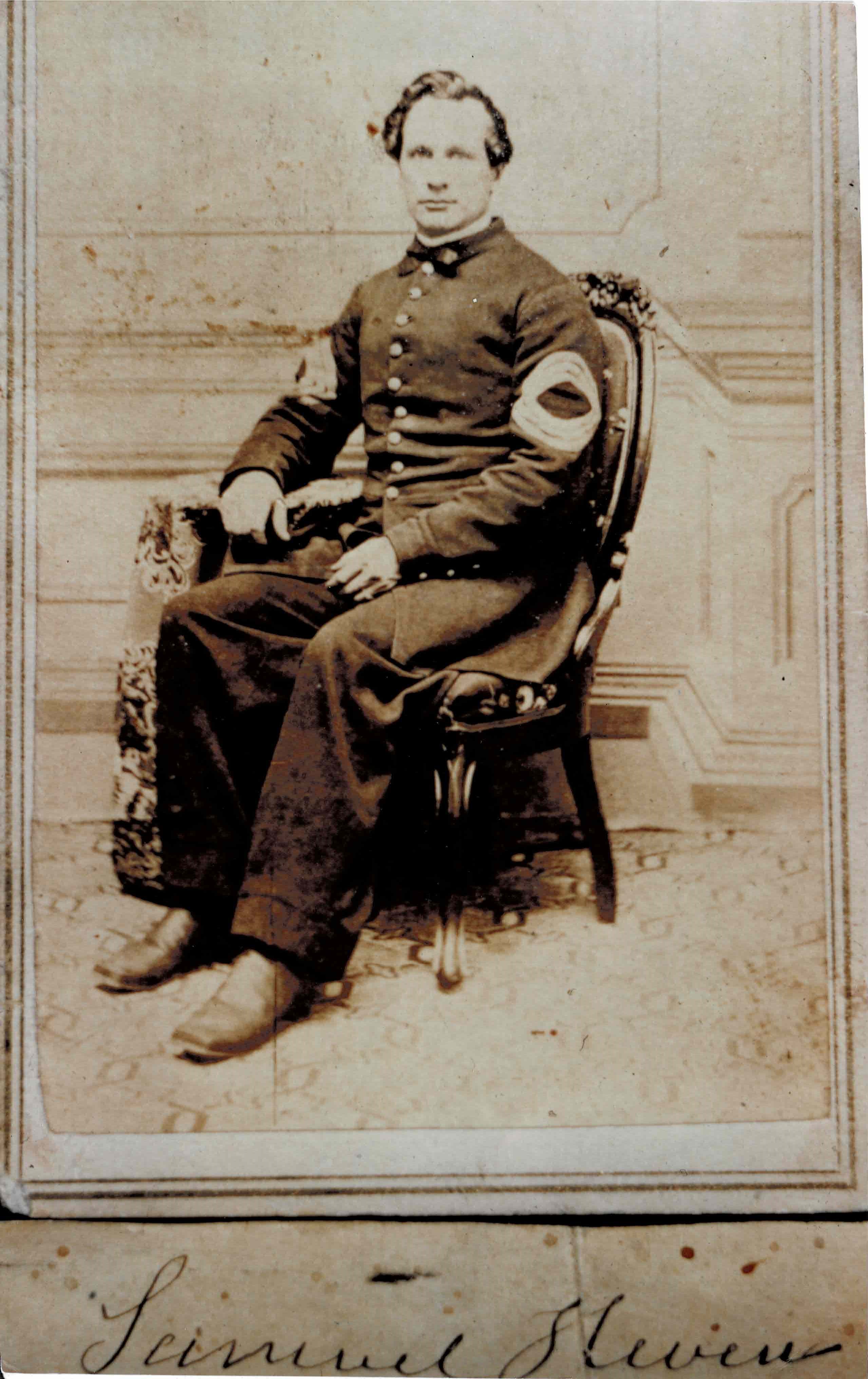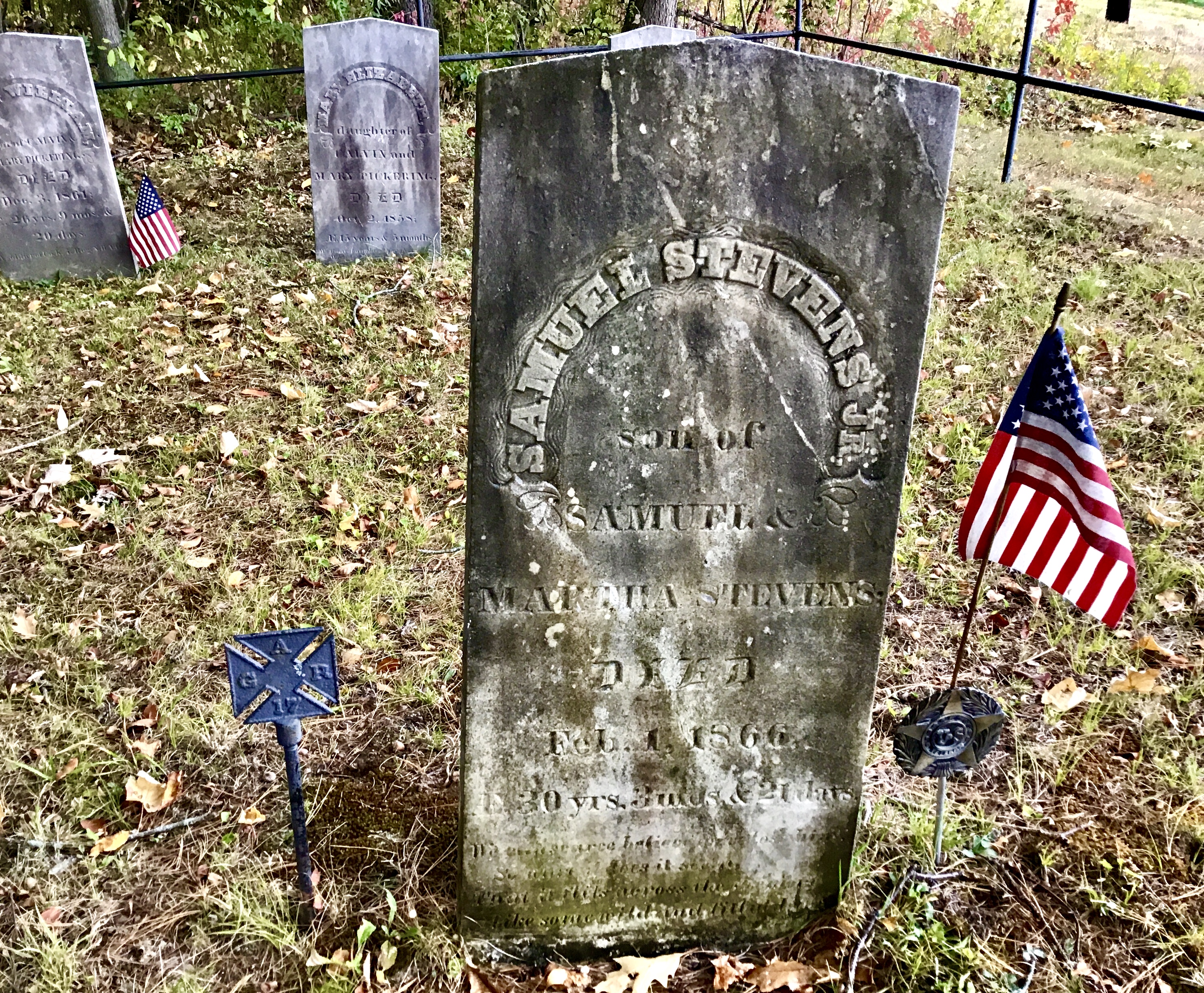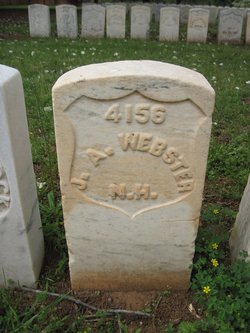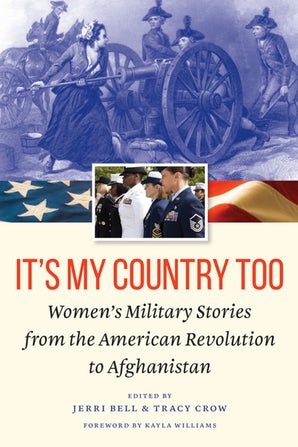A Dispatch from Fort Atwater
Nostalgia is another word for history, but only our personal, petty, smalltime histories; history is all about the size of the frame, and nostalgia is a 3×5 photograph cropped around the perfect images of memory, and never more than in love and war. In these recent days, as veterans like me confront our old military bases named after Confederate traitors, I thought about nostalgia’s allure; it’s a loyalty, created by once being stationed at places like Fort Bragg, Benning, or Gordon, making us resistant to any modern change to those wartime memories we sort of loved.
In nostalgic memories, my mind’s-eye zooms in tight on “Bragg.” Not the person or his history, not the place, just that name; of course I’m nostalgic for the identity I found at Fort Bragg, where all Army roads lead. “Bragg” is shorthand – the real Army, the Division, the Corps. I wore airborne patches on both sleeves – never earned either one in some eyes, including maybe my own, because I never went to airborne school. An airborne sandwich with no meat in the middle is a strange sight at Bragg; yell if you want, I’m an airborne sandwich all the same.
So I know what I am trying to convey when I say, “When I was at Fort Bragg.”
I know what I am trying to convey when I say, “When I was at Fort Belvoir.” A sleepy post during my time there, the opposite of Bragg in every way that matters. I used to run through the leafy streets of the officer’s housing and down by the Potomac’s edge – motivated myself because it was the kind of post without organized PT.
When I think of those places, I don’t think of William Fairfax’s slaves working on his Belvoir Plantation, or of the Confederate traitor Braxton Bragg. I think of Army days when I was young and life must have been so simple. Isn’t that a trick of memory, when it wants to fool us? How it smooths out the rough patches, so our life feels like a simple, straight path to whoever we became.
My first Army assignment was to Fort Gordon, Georgia, and the Public Affairs Office where we produced The Signal newspaper. I would browse clippings from the 1960s that felt so ancient. As a teenager from New Hampshire, I knew nothing about the South’s view of history: the 1960s were five minutes ago; the 1860s last week or the week before.
I once represented Fort Gordon, and by default John B. Gordon, the Klansman the place was named for. I was my battalion’s, brigade’s, and finally Fort Gordon’s Soldier of the Month. Three times I stood before boards of more and more intimidating First Sergeants and Sergeants Major, answering questions now lost to my memory. I remember a question I missed: who was a military officer murdered in Lebanon? I was ashamed I didn’t know, mostly because the fearsome training brigade CSM was the one who asked. While I’ve forgotten his name, I remember the correct answer of Lt. Col. William Higgins.
A perk of victory was attending a rotary breakfast in Augusta, Ga., where the emcee introduced me and I stood up in my Class As with a single Army Service Ribbon, and the place applauded like I’d done something. And they came up to me after and talked in strange accents about how impressed they were and I was a solid young man representing America, representing them, and for that brief time, a living, breathing representative of John Gordon, a Confederate and a traitor.
Am I angry? Of course not. I didn’t care who John Gordon was. To me, Fort Gordon is a place of my first Army friends and hanging out on the second floor of those barracks, road trips to concerts in Columbia, parties at my off-post apartment, and a cute legal specialist who grew up to be a judge. Angry?
—
Simplicity is another word for nostalgia. It’s simple to let Fort Gordon stay as-is, and ignore each traitor’s name tacked on to pop-up military compounds during the build-up to World War II, names that stuck as the bases grew into economic engines of provincial towns. At the time, weren’t they named by chance, more than any deliberate intent? They needed a name, so why not those names? Let the southern rubes have their trinkets of the past–what do I care?
Without being African-American, I think anger might feel frivolous – the Confederates are villains but they have no connection to me. It’s important to maintain perspective, to let those with the moral righteousness of earned anger own this moment for themselves. What the world doesn’t need is another white man making it about himself.
Still, I want to write something, about the comfort and the shame of these names, that conflict between simplicity and reality, nostalgia and history. I cared – care – about Bragg, and Gordon, they mean something to me; I want to confront that feeling, to defend it, dismiss it, deride it but at least demand that measured, disciplined, objective search inside myself. So I do some digging, to find something Civil War-related in my past, some touchstone I can build on. A great-great-grandfather was Brig. Gen. Nathan Augustus Monroe Dudley, but he was a staff officer, too above-it-all. I do a little research into Samuel Stevens, a wagoner with the Sixth New Hampshire Regiment. He was the son of my great-great-great-grandfather’s brother, so a first cousin, three times removed. I want a more direct lineage fighting for the Union, and it’s a sting that the family tree is so mundane.
In my wish for a wartime connection, can’t I then empathize with the effort it would take from the other side, to feel forced to explain away a heritage connecting back to an officer for the Confederacy? It would no doubt be easier to lean into courage and rebellion, flawed and vile though it was. If I was from the South, wouldn’t I believe some first cousin, three times removed, had courage of their convictions? Is it so wrong to keep names from that misguided version of courage alive? Do I have a better idea?
I have Samuel Stevens. He returned to New Hampshire, died in an accident in 1866, is buried in his hometown. I know him from a daguerreotype image, tight-cropped in a small frame, a relic of family history. To my child’s eye, the history of the Civil War appeared in his face, reduced to 3×5 simplicity. It’s a place to start, a nostalgic place, a simple place.
Take that tight-cropped photograph of an ancestor’s picture, or the name of a fort, any of that nostalgia in your mind’s-eye frame and you will discover that it has edges that can be unfolded. So to find more information on the war stories of Samuel Stevens, dates, actions, I unfold the Sixth New Hampshire.
Tim O’Brien once wrote that true war stories don’t have morals, that there’s no lesson in destruction and death. Roy Scranton lacerated the idea of heroic trauma, the rationalization that war stories can find paths to healing. They examined war stories as literature with an artistic intent, but maybe war stories are no more literature than nostalgia is history. War stories aren’t that complicated.
War stories are only Noir thrillers, pulp paperbacks with simple plots and dark results. Dialogue is the melodramatic vernacular of a particular place and time; stakes are low but personal; a lurid cover entices readers with promises of schemes and sin; in Noir, the narrator thinks he’s a hero, but becomes the rube. That is Noir’s important part: a revelation uncovers a bitter secret, changes the world the narrator thought they knew, answers a question they didn’t know they asked.
Writing a war story is writing for that twist, where the story you thought you were writing becomes the story that you are writing.
So this was never Samuel Stevens’ story.
For when I skim the Sixth New Hampshire’s roster, a single Webster is also among the names, and I’m immediately certain we share some relation. His hometown is East Kingston, not far from Hampton, where my earliest American ancestor grew my roots.
My line of Webster’s traces back to Thomas Webster, arriving to America in 1636, settling in Hampton in 1638. He had been born in Ormsby, England, where his father died and his mother remarried but didn’t change her only child’s last name. Thomas Webster journeyed overseas at just five years old. On such thin limbs do family trees continue.
Thomas and eventual-wife Sarah had nine children, with three middle sons – Ebenezer, Isaac, and John. Ebenezer was grandfather to New Hampshire legend Daniel Webster; Isaac started my line, was my great-great-great-great-great-grandfather.
Those genealogies are well-researched, so new digging is not hard. There are false starts, finger pricks in information’s tangled bramble where nostalgia turns into history, but my wife and I connect the dots.
We discover that Thomas’ son John Webster begat Jeremiah, who begat Jeremiah II, who begat David, who begat John Augustine Webster in 1827, my fourth cousin, three times removed.
John Augustine Webster is who I find on the roster of the Sixth New Hampshire Regiment. He mustered into the unit in November, 1861, and then headed south to do his duty.
The Sixth fought at Bull Run, Antietam, the Overland Campaign, and others. On May 28, 1864, at some skirmish northwest of Richmond, near Virginia’s Totopotomoy Creek, several members of Company I were captured, including John A. Webster.
From Richmond, a railroad took Confederate prisoners, like John Webster, on a week-long meandering journey through Charlotte, Columbia, Augusta, and Macon, to the terminus at Andersonville Prison.
—
John Webster would have arrived at Andersonville in early June, just as summer’s heat coated the open-air prison camp. Of Andersonville’s conditions, Union prisoner John Ransom had written on May 28: “It really seems as if we are all going to die here. I don’t seem to get hardened to the situation and am shuddering all the time at the sites.”
Ransom had arrived at the prison in mid-March, 1864, and after the war, he published his account as Andersonville Diaries. On June 3, he wrote that new prisoners arrive all the time; that was about a week since John Webster’s capture, about the length of a train’s journey to Andersonville’s 27-acre swamp, where 45,000 prisoners were jammed in.
On June 15, Ransom writes, “My teeth are loose, mouth sore, with gums grown down lower than the teeth in some places and bloody.” On June 28, “Can see the dead wagon loaded up with twenty or thirty bodies at a time, and away they go to the grave yard on a trot.”
On July 19, he wrote that, “Nine out of ten would as soon eat with a corpse for a table as any other way. In the middle of last night I was awakened by being kicked by a dying man. He was soon dead. Got up and moved the body off a few feet, and again went to sleep to dream of the hideous sights.”
His July 25-28 entries hit the bottom: “Am myself much worse, and cannot walk, and with difficulty stand up…Swan dead, Gordon dead, Jack Withers dead, Scotty dead…Hub Dakin came to see me and brought an onion. He can barely crawl himself…Taken a step forward toward the trenches since yesterday and am worse. Had a wash…Battese took me to the creek; carries me without any trouble.”
Then an ever-so-small rebound.
July 29: “Alive and kicking. Drank some soured water made from meal and water.”
July 30: “Hang on well, and no worse.”
Ransom recovered enough to be transferred to another prison, and he escaped later that year, aided by freed slaves on his journey back to the North.
John A. Webster would make no turnaround. He had died of diarrhea on July 28.
My fourth cousin, three times removed, was laid in Plot #4156, one of 13,000 naked corpses that filled the trenches.
Imagine, diarrhea and dysentery and scurvy in the rain and the mud and the sun and the heat with the flies and the maggots and mosquitos of central Georgia in late July without toilet paper or fresh water while living in rags under a hand-sewn tent next to men pissing and shitting and stinking and dying and trying to evade former comrades turned into thieves and turncoats and murderers and hoping at the end you have a friend still healthy enough to carry you to the creek or bring you an onion.
—
How do I know the fate of my cousin, John A. Webster, in Plot #4156?
Dorence Atwater, a teenage messenger boy for a Union Cavalry unit, had been captured in 1863, and arrived in Andersonville later that year. He had good handwriting, so he was tasked with keeping up with the hospital’s death list. He was no fool, and knew the list kept by the Confederacy might – or might not – be seen by prisoner’s families down the road. So he kept two lists, hiding his own secret list after chronicling each day’s dead.
In a war with 150,000 unidentified Union dead, Atwater’s list of names matched with numbers carved on wooden slats above the trenches represented the most accurate catalog of the 13,000 who died at Andersonville, and in what spot of Georgia dirt they lay.
After the war, Atwater returned to Andersonville with Nurse Clara Barton to mark out the cemetery with the proper names. The U.S. government then tried to take control of his list, not necessarily intending to publish it. Atwater was court martialed for stealing the “government property” of his own list of names. He spent time in a Federal prison before a Presidential pardon – imprisoned by both forces of the war, devoted to his list of men killed by one side, ignored by the other.
It made some sense for the U.S. government to try and cover up 13,000 dead men – not their deaths, but where they died, in such squalor, when prisoner exchanges would have saved so many.
“Secretary of War Edwin Stanton was afraid that the public would ask who in the federal government was responsible for Union prisoners of war being abandoned to the Confederate prison system,” wrote Edward Roberts in Andersonville Journey. To Stanton, “it was in the interest of the Republican Party that the families of the dead men continue to assume that their loved ones died in glorious combat to save the Union rather than starving to death in a filthy Confederate prison.”
Working with Barton and newspaper publisher Horace Greeley, Atwater’s full list was published, giving families from all the Union states that final accounting. Today, Andersonville’s white headstones identify most of the cemetery’s tight-packed occupants, rows and rows of names and names.
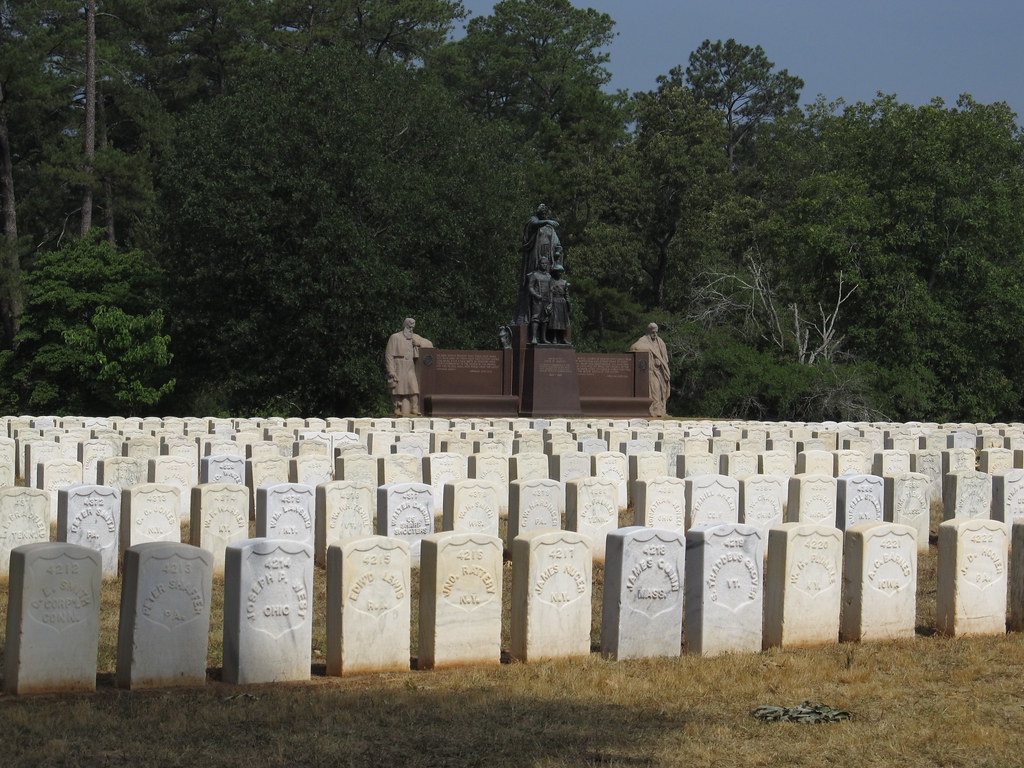
—
John A. Webster’s journey from the Totopotomoy Creek to Andersonville likely traversed Augusta, Ga., eventual home to my home for 18 months: Fort Gordon.
When we name a Fort, it’s not supposed to be nostalgic – it’s supposed to convey sprawl and history in as big a frame as one can imagine – not small men of evil causes. Patton, Eisenhower, Grant, so many better names. In 2020, Fort Gordon is now the Cyber Center; it makes no sense to leave it named after John Gordon, a failed commander, a traitor, and a Klansman.
Cyber warfare exploits the cracks in a network – finding the one place where a line of code has left a gap, an exposed breach where a careful series of actions can work through the failed defenses. Dorence Atwater broke the code of Confederate prison guards and Union bureaucrats, exploited gaps with good handwriting and grim patience, wormed his list of names through the obstacles of distance and disease, carving a trail across a century. Atwater was a primitive cyber-warrior, teaching any young soldier that time and death are no excuse: some messages simply must get through.
Fort Gordon is named with petty nostalgia, a tight frame around a dead and useless man. Dorence Atwater is history, his list pointing to John A. Webster’s grave 150 years later, one of 13,000. In my mind’s eye, the frame expands, Gordon shrinks, fades, overwhelmed, forever, by Dorence Atwater.
—
It’s a three-hour drive from Fort Gordon to Andersonville, a doable day trip. If I had known all this back then, it’s a mini-adventure I would have done some Saturday when I was bored. If I had known, I might have felt a bit of shame representing John Gordon, might have written about Dorence Atwater for The Signal newspaper. So I like to imagine. Nostalgia is another word for that wistful revisionism.
Now, the chance of visiting my cousin’s gravestone is on the bad side of low.
I can see its picture. A white headstone, a touchstone, a keystone proving that a Webster took a stand. All the relatives of 13,000 men can say the same. Nostalgia is another word for pride, that confidence in what was right.
Nostalgia is another word for privilege, to have that backward-facing sanctuary of simplicity, safety, certainty and selfishness.
Even those 13,000 white headstones are in a tight, nostalgic frame. My relative is long dead and in his place of honor, my white life safe, sound, slightly better informed. Unfold Andersonville, all the tragedy and terror, and it becomes a white speck in the middle of a black canvas – of bodies disappeared into frog ponds and deep forest holes, of city streets hiding the wood of broken coffins and shattered ancient bones, no places or names to remember, no genealogy that can be tracked by curious dilettantes.
Like I said, war stories are Noir stories. A headstone in a far-off cemetery, low stakes, but now it’s personal. Andersonville, Totopotomoy, the Sixth New Hampshire, all melodramatic language of the Civil War. The righteous schemes of Dorence Atwater. The lurid horrors of corpses in a trench. Me, thinking I was the hero, thinking I could examine my “ feelings” about Confederate-named forts with a measured, disciplined, objective perspective. Instead, I stumbled into mysteries I didn’t know I was exploring, a rube who didn’t know my history.
